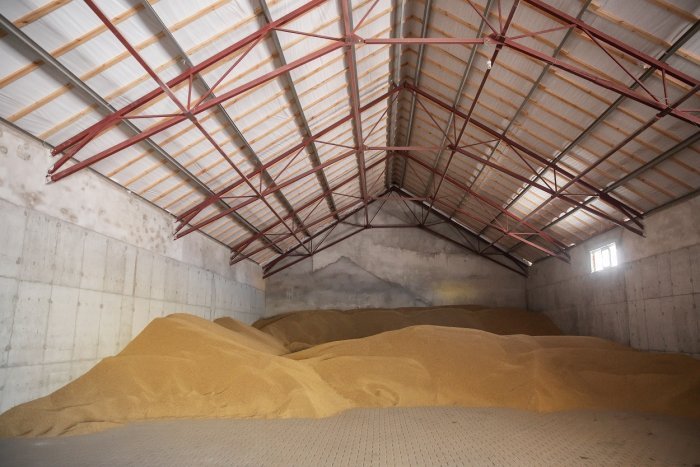Food storage mites
Tyrophagus sp Dermatophagoides sp
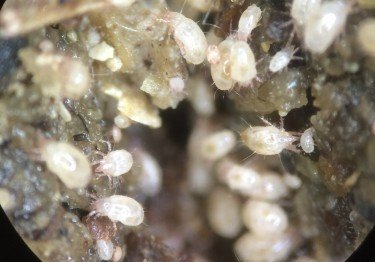
Several species of mites can swarm in food storage or livestock products. Especially when humidity and heat combine.
Several species incriminated
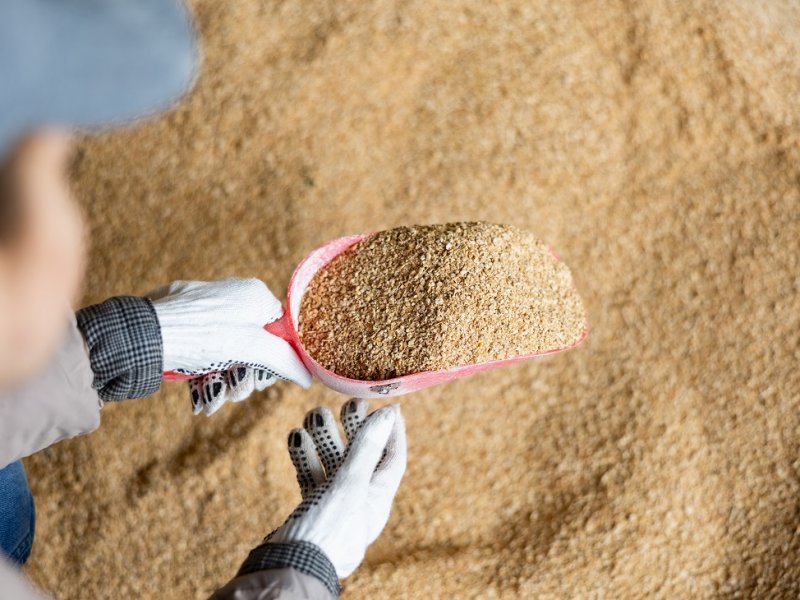
Development
They are often pests or secondary pests. That is to say that these mites come to deteriorate food or damaged or soiled products. They can swarm and accelerate the degradation of these materials. They can grow on different substrates: cereals, flour, food for livestock or pets, powdered milk, etc. Their development cycle is rapid (10 to 30 days depending on the species) and accelerates with temperature and humidity.
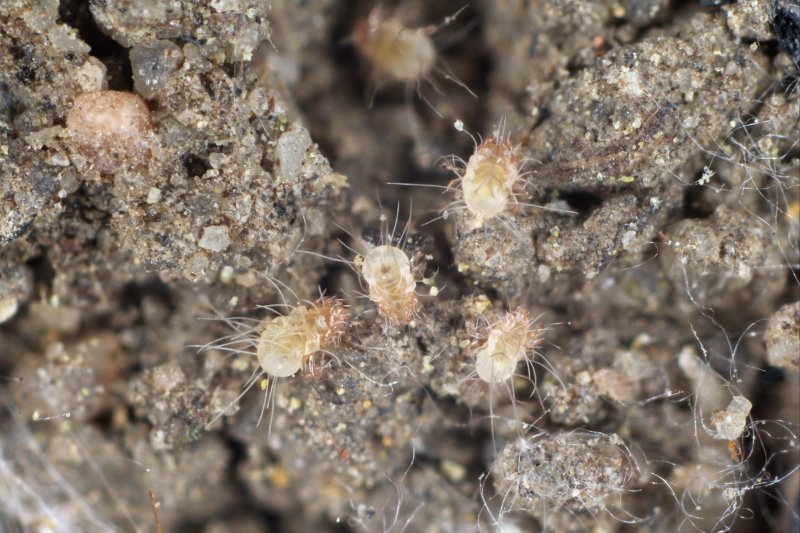
Identification
Tyrophagus putrescens, Dermatophagoides farinae, Acarus siro are the main species found. All these species develop through 4 stages: an egg, a larva, two pupal stages and an adult. The fecundity of the females varies according to the species from 20 to 40 eggs and the longevity can exceed 45 days at the adult stage. All stages are whitish and sometimes covered with many bristles (hairs). They measure from 0.5 to 3.5 mm, difficult to see and identify with the naked eye.
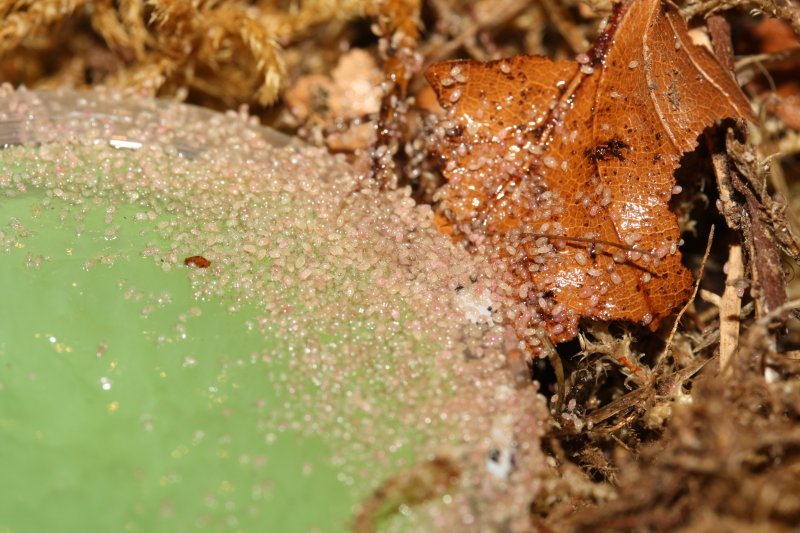
Control methods
If this does not alter the qualities of the product, physical methods can be used. So when the contaminated food is a small volume, it can be frozen for 48 hours to obtain excellent results. Large volumes can be covered and exposed to the sun for a rise in temperature.
Biological control using the predator TAURRUS also provides excellent results. Predatory mites are dispersed in the storage area at the rate of 1 bucket per 100-200 square meters on the ground in case of heavy infestation. Two or three inputs help maintain the population of predatory mites and eliminate pest mites.
Mite control
Contamination of foodstuffs by dust mites is common. Prophylactic means such as the use of predators in the storage area between two batches is an effective and proven means of limiting this contamination. As a preventive measure, the dosage is reduced to one bucket of TAURRUS predatory mites for 500 to 1000 square meters. The predators must be placed on the bare ground between two batches of stored product.
